1,4-Cyclohexanedione
- CAS NO.:637-88-7
- Empirical Formula: C6H8O2
- Molecular Weight: 112.13
- MDL number: MFCD00001606
- EINECS: 211-306-0
- SAFETY DATA SHEET (SDS)
- Update Date: 2025-01-27 09:38:02

What is 1,4-Cyclohexanedione ?
Chemical properties
tan or yellow crystalline powder
The Uses of 1,4-Cyclohexanedione
1,4-Cyclohexanedione is used in the preparation of 1,4 benzoquinone and bromoorganics. It is also used to study the influence of visible light on the bromate-1,4-cyclohexanedione-ferroin oscillating reaction. It plays a vital role in pharmaceuticals, plant growth regulator and as a conducting material.
Definition
ChEBI: 1,4-Cyclohexanedione is a cyclohexanedione with oxo substituents at positions 1 and 4.
Preparation
Synthesis of 1,4-cyclohexanedione: put diethyl succinylsuccinate into a flask, add a mixture of concentrated sulfuric acid, water and ethanol, reflux in oil solution for 5 days, cool, and neutralize to pH with ammonia water = 8; then extract 4 times with chloroform, and recover the chloroform to obtain the crude product; then the crude product is subjected to vacuum distillation, and the distillate is poured into cold petroleum ether, filtered, and air-dried to obtain 1,4-cyclohexanedi Ketone Products.
Synthesis Reference(s)
Synthesis, p. 165, 1981 DOI: 10.1055/s-1981-29377
General Description
1,4-Cyclohexanedione(CHD) undergoes uncatalyzed oscillatory reactions during oxidation by acidic bromate in nitric acid and sulphuric acid solution. It reacts with acidic bromate to form 1,4-dihydroxybenzene which on further oxidation and bromination yields 1,4-benzoquinone and bromoorganics.
Pharmacology
The cyclohexanedione (CHD) herbicides inhibit fatty acid synthesis in plants by interfering with the activity of the enzyme Acetyl-Coenzyme A Carboxylase (ACCase). ACCase-inhibiting herbicides provide excellent control of grass weeds in dicotyledonous and some grass crops. A less-sensitive ACCase mediates the intrinsic resistance of dicotyledonous plants to the AOPP and CHD herbicides (34,35). Although grasses are target species of this group of herbicides, not all are equally affected, and sensitivity differences can occur between varieties or even within a genus.
Properties of 1,4-Cyclohexanedione
| Melting point: | 77-78.5 °C (lit.) |
| Boiling point: | 112 °C (19.5026 mmHg) |
| Density | 1.0861 |
| refractive index | 1.4570 (estimate) |
| Flash point: | 132 °C |
| storage temp. | Keep in dark place,Sealed in dry,Room Temperature |
| solubility | Soluble in methanol and ethanol. |
| form | Crystalline Powder or Flakes |
| color | Light yellow to yellow or beige |
| BRN | 774152 |
| Stability: | Stable. Combustible. Incompatible with strong oxidizing agents. |
| CAS DataBase Reference | 637-88-7(CAS DataBase Reference) |
| NIST Chemistry Reference | 1,4-Cyclohexanedione(637-88-7) |
| EPA Substance Registry System | 1,4-Cyclohexanedione (637-88-7) |
Safety information for 1,4-Cyclohexanedione
| Signal word | Warning |
| Pictogram(s) |
 Exclamation Mark Irritant GHS07 |
| GHS Hazard Statements |
H315:Skin corrosion/irritation H319:Serious eye damage/eye irritation H335:Specific target organ toxicity, single exposure;Respiratory tract irritation |
| Precautionary Statement Codes |
P261:Avoid breathing dust/fume/gas/mist/vapours/spray. P305+P351+P338:IF IN EYES: Rinse cautiously with water for several minutes. Remove contact lenses, if present and easy to do. Continuerinsing. |
Computed Descriptors for 1,4-Cyclohexanedione
1,4-Cyclohexanedione manufacturer
JSK Chemicals
ASM Organics
New Products
Indole Methyl Resin tert-butyl 9-methoxy-3-azaspiro[5.5]undecane-3-carboxylate Boc-His(Boc)-OH 2-CTC Resin 4-Chloro-7-tosy1-7Hpyrrolo[2,3-d]pyrimidine 5,7-Dibromo-1H-indole 2,5-dichloro-N-hydroxy-4,6-dimethylpyridine-3-carboximidamide 2,2-Dimethoxy-7-azaspiro[3.5]nonane hydrochloride 4-chloromethyl-5-methyl-1,3-dioxol-2-one (DMDO-Cl) R-2-BENZYLOXY PROPIONIC ACID 1,1’-CARBONYLDIIMIDAZOLE 1,1’-CARBONYLDI (1,2-4 TRIAZOLE) N-METHYL INDAZOLE-3-CARBOXYLIC ACID 4-((2-hydroxyethyl)thio)benzoic acid 1-(TERT-BUTOXYCARBONYL)-2-PYRROLIDINONE Methyl 6-methylnicotinate 3-Pyridineacrylic acid tert-Butyl carbazate TETRAHYDRO-2H-PYRAN-3-OL 2-((4-morpholinophenylamino) (methylthio) methylene) malononitrile 3-(4-morpholinophenylamino)-5-amino-1H-pyrazole-4-carbonitrile 2,4-dihydroxybenzaldehyde 1,3-Diethyl-1,3-Diphenylurea Methyl 2-methylquinoline-6-carboxylateRelated products of tetrahydrofuran

![4-METHYL-5-OXATETRACYCLO[7.2.1.0(2,8).0(4,6)]DODEC-10-ENE-3,7-DIONE](https://img.chemicalbook.in/StructureFile/ChemBookStructure8/GIF/CB9449266.gif)

![PENTACYCLO[5.4.0(2,6).0(3,10).0(5,9)]UNDECANE-8,11-DIONE](https://img.chemicalbook.in/CAS/GIF/2958-72-7.gif)

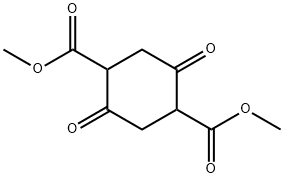
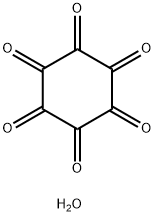
![5-OXATETRACYCLO[7.2.1.0(2,8).0(4,6)]DODEC-10-ENE-3,7-DIONE](https://img.chemicalbook.in/CAS/GIF/2435-32-7.gif)
You may like
-
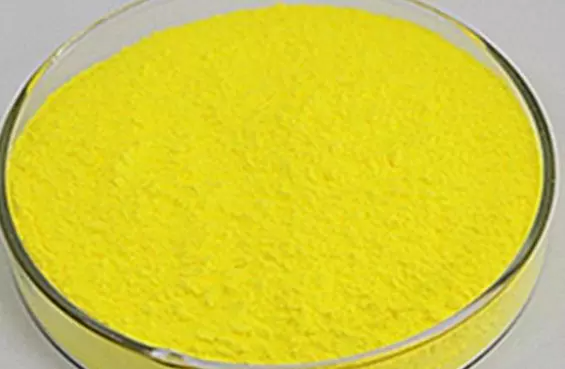 1,4-Cyclohexanedione 99%View Details
1,4-Cyclohexanedione 99%View Details
637-88-7 -
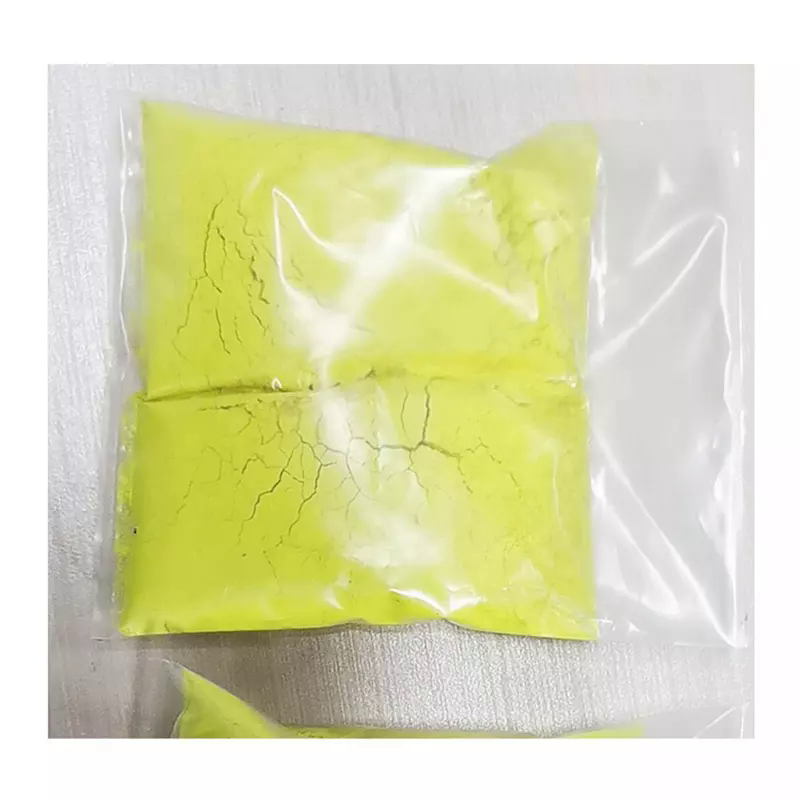 1,4-Cyclohexanedione 98%View Details
1,4-Cyclohexanedione 98%View Details -
 1,4-cyclohexanedione 637-88-7 98%View Details
1,4-cyclohexanedione 637-88-7 98%View Details
637-88-7 -
 1,4-Cyclohexanedione, 98% 99%View Details
1,4-Cyclohexanedione, 98% 99%View Details
637-88-7 -
 1,4-Cyclohexanedione CAS 637-88-7View Details
1,4-Cyclohexanedione CAS 637-88-7View Details
637-88-7 -
 1,4-Cyclohexanedione, 98% CAS 637-88-7View Details
1,4-Cyclohexanedione, 98% CAS 637-88-7View Details
637-88-7 -
 1,4-Cyclohexanedione CAS 637-88-7View Details
1,4-Cyclohexanedione CAS 637-88-7View Details
637-88-7 -
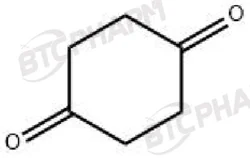 1,4-Cyclohexanedione, CAS NO:637-88-7View Details
1,4-Cyclohexanedione, CAS NO:637-88-7View Details
637-88-7
